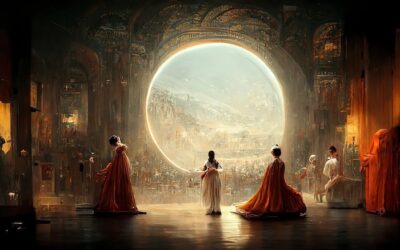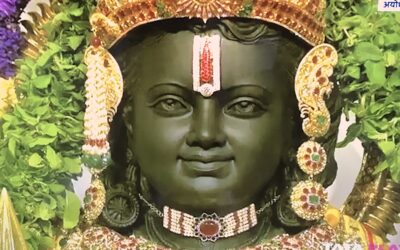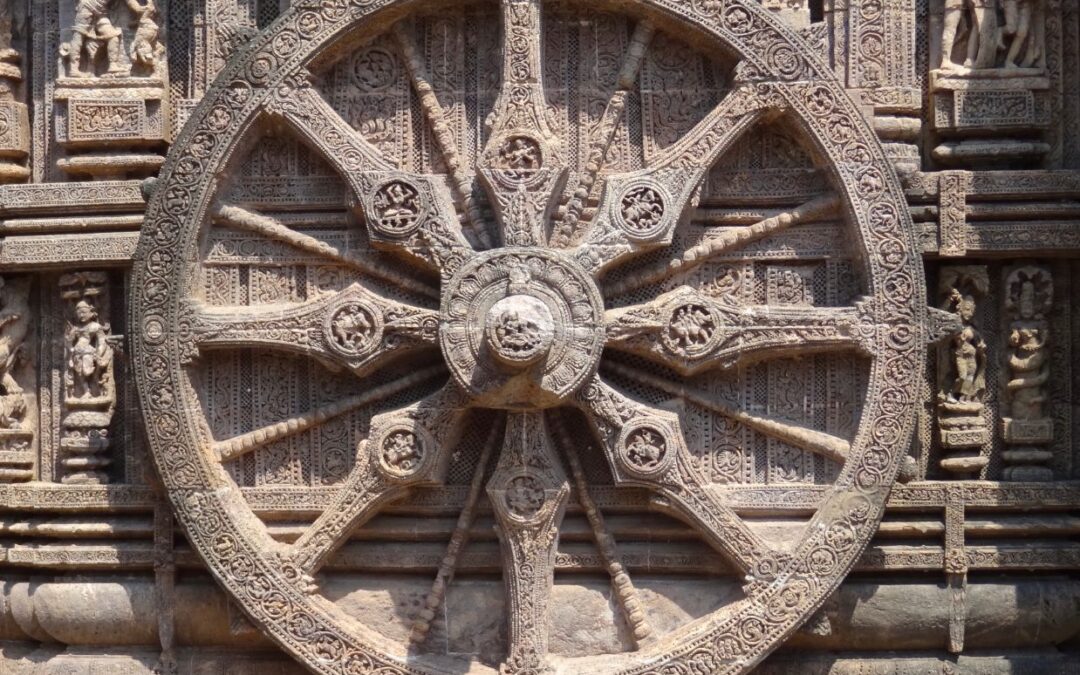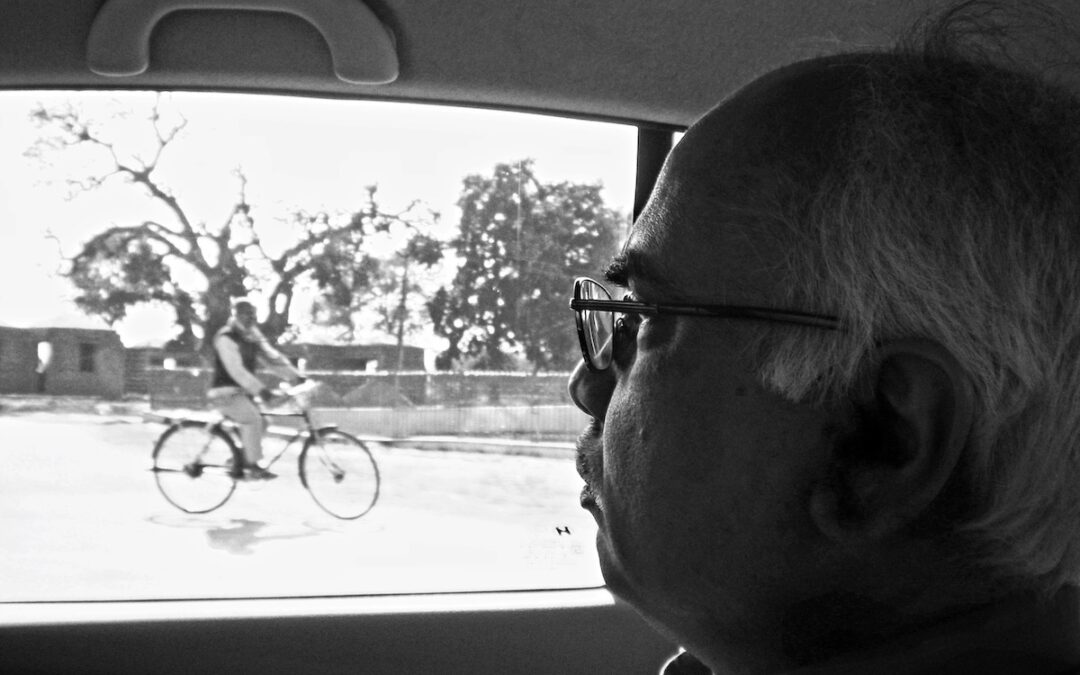Since last month, I have been reading a rather scholarly book, The Book of Why, written by Israeli-American computer scientist Judea Pearl with Dana Mackenzie. The book deals with the often elusive relationship between cause and effect…

Living in the Age of Muck
Living in the Age of Muck
John Bunyan (1628-1688), in his seminal book, The Pilgrim’s Progress, writes about “the Man with the Muck-rake… who could look no way but downward.” He was shown to the pilgrim at the “House of the Interpreter.” John Bunyan created this metaphor for the carnal mind, which is always concerned with the earthly things that carry the heart away from the Divine. “There stood also one over his head, with a Celestial Crown in his hand, and proffered him that crown for his Muck-rake; but the man did neither look up nor regard; but raked to himself the straws, the small sticks, and the dust of the floor.”
Theodore Roosevelt Jr. (1858-1919), President of the United States from 1901 to 1909, was the first to bring muckraking into public discourse. While he acknowledged the importance of people pointing out wrongdoings of others for the well-being of society if done indiscreetly and as a trend, it becomes counterproductive. At the time, a group of American writers were providing detailed journalistic accounts of the political and economic corruption by the big business houses in a rapidly industrializing United States, and it was an important contribution to nation-building.
The muckrakers had historically taken on profiteering, deception, and low standards of public health and safety. They also raised awareness about social ills like child labour, prostitution, alcohol, and the pathetic conditions of city slums. Later, pouring scorn on legislators had become fashionable and journalists enjoyed portraying political leaders as pawns of industrialists and financiers. The big businesses struck back and bought the media houses and today, muckraking has become a corporate warfare tool, rather than a social service.
The French philosopher, Alain Badiou (b. 1937), felt that everyday life is constantly ruptured by “mediated” events. Things happen – both good and bad – but muckrakers talk about only bad things. Moreover, when muckraking becomes rife, it even feels as if the whole world is run by rogues. Badiou feels that “We pose only those questions whose answers are the pre-given conditions of the questions themselves.” Watch any debate on TV and you know it is all muckraking. The Anglo-Irish philosopher, George Berkeley (1685-1753), said very aptly, “We have first raised a dust and then complain we cannot see.”
With two billion people on social media, we are indeed deluged with a cognitive surplus. And this deluge is no different than the great flood in the deluge myth that destroys civilization as an act of divine retribution. When Google’s Director of Engineering, Ray Kurzweil (b. 1948), sets the date 2045 for the “Singularity,” it can’t be brushed aside as some Nostradamus prediction.
American social scientist at Stanford University, Brian Jeffrey Fogg (b. 1963), is hailed as the father of persuasive technology. He calls social media a flower on a behaviour-change tree. Social media is indeed being used to unleash new behaviour loops apparently designed to convert human beings into desiring-machines for the products and services that are promoted for a fee by the technology companies that have “created” social media itself.
Ramsay Brown, neuroscientist and Co-founder and COO of Boundless Mind (formerly Dopamine Labs), works at the intersection of brains, minds, and machines. He claims of developing technology to manipulate human mind. So, are we heading for a day when by adjusting some knobs on a dashboard we would be quietly changing our behavioural patterns? What is scarier is to imagine that these knobs are operated by others to change our natures!
I do not see anything stopping it from happening. The helplessness of the world was severely tested by the COVID-19 pandemic. Our great medical system was exposed as treating individual ailments and incapable of handling any public health calamity. Our governments are already working as the markets tell them to. If you watch a TV channel carefully, you can very accurately predict what is going to unfold in geopolitics, weeks in advance. The currencies, stock markets, and commodity prices, from oil to eggs, are decided by algorithms, which have already gone beyond human control. Living in the Age of Muck, our destiny seems to be that of becoming a “desire machine.”
There is a lot of cognitive noise everywhere – ideas, opinions, comments, debates, opinion polls… And as if this is not enough, there is internal noise – what is right, what is appropriate, should I fight it out or give up, struggle, or let go. The old has already crumbled and nothing new, beyond muck, has emerged. Let us give a pause to the thought machines inside our skulls and mind our physiology – our breathing, heartbeat, blood pressure, sleep, bowels – and try to connect with the “life force,” the Immortal present inside.
The Buddhist sage, Nagasena, who lived around 150 BCE, described a human being as a chariot. Just as a chariot is nothing but a collection of wheels, frames, handles, and horses that pull it, similarly, we are a body of flesh, bones, and organs, wrapped up neatly under skin, driven by our perceptions and emotions. Examine your thoughts and feel your emotions and instead of being carried away by them, settle them down by sprinkling some water of contentment upon them.
It is also time not to rake the straws, the small sticks, and the dust of the floor but to learn to live a simple and local life, sparing the environment from litter. The high-priced urban estates are de facto concrete jungles, as risky and hazardous as the forests of the past. It is time to create self-reliant communities based on the principles of simple living, which maximize self-sufficiency, particularly in food production. Please find your livelihoods away from cities. Even if you make less money, it will suffice if your life is a little simpler.
The American biologist and writer, Edward O. Wilson (1929-2021), said in his 2016 book, Half-Earth: Our Planet’s Fight for Life, “The great challenge of the twenty-first century is to raise people everywhere to a decent standard of living while preserving as much of the rest of life as possible.” Wilson proposed that half of the Earth’s surface should be designated a human-free natural reserve.
My personal take is, “Want less, buy less, choose well.” The decision rests with you and not others. Don’t add to the muck already there in plenty and refrain from raking it as far as possible. It is high time for a little peace.
MORE FROM THE BLOG
Look far ahead
The Mystical Language of Numbers
Is there an occult, divine or mystical relationship between a number and one or more coinciding events? In ancient Greece, Pythagoras propagated the idea that reality at the deepest level is essentially mathematical. He and many after him believed that a system of principles existed behind numbers…
A Moment of Civilisational Pride
I was born in 1955 in independent India. When I look back today, without hesitation, the best moment in public life I witnessed is the construction of a grand temple and the consecration of the idol of Shri Rama Lalla in Ayodhya on January 22, 2024…











